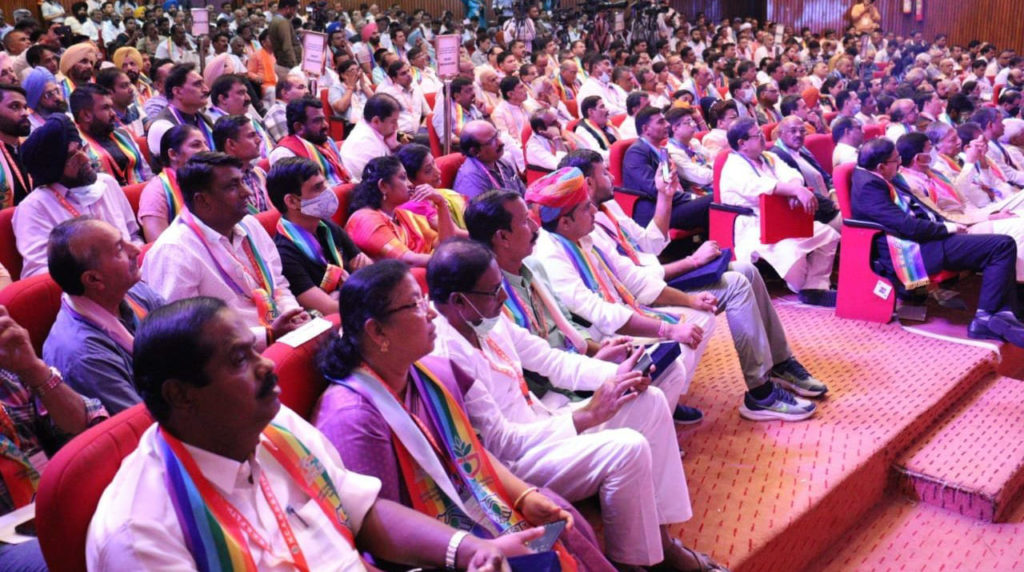The Government of India has allocated Rs 4,26,37,608 under the Centrally Sponsored Project for the computerization of Agriculture and Rural Development Banks (ARDBs) over the financial years 2023-24 and 2024-25. This initiative aims to enhance the digital infrastructure of ARDBs across various states and Union Territories, promoting efficient and streamlined operations.
Among the states, Uttar Pradesh emerged as the highest recipient of funds, receiving Rs 1,27,20,267. This significant allocation reflects the state’s large number of ARDBs and the need for extensive computerization. Karnataka followed with Rs 80,27,519, highlighting substantial efforts to improve its ARDB infrastructure.
Tamil Nadu received Rs 81,92,106, all allocated in FY 2024-25, indicating a strong push for digitalization in the state’s cooperative sector. Punjab also saw notable support with Rs 46,75,558 allocated in FY 2023-24, underscoring the government’s focus on enhancing ARDB services in the region. Himachal Pradesh was another key recipient, with Rs 56,10,032 allocated in FY 2024-25 for comprehensive computerization efforts.
In contrast, Puducherry received the least support, with an allocation of Rs 3,89,630, indicating either a smaller number of ARDBs or a lesser need for computerization. Tripura received Rs 3,86,765, reflecting its smaller cooperative sector. Jammu & Kashmir was allocated Rs 26,35,731, also indicating minimal funding due to a limited number of ARDBs.
The allocations to Tamil Nadu and Himachal Pradesh in FY 2024-25 suggest an expansion of the program, either as newer entrants or due to delayed implementation. This is part of a broader strategy by the government to include more states in the digital transformation of their cooperative banking sectors.
Overall, the Government’s substantial investments in states like Uttar Pradesh and Karnataka underscore its commitment to bolstering the digital infrastructure of ARDBs in regions with extensive cooperative networks.
Conversely, states with fewer ARDBs received minimal funding, aligning with their requirements and ensuring a targeted approach in the allocation of resources.





